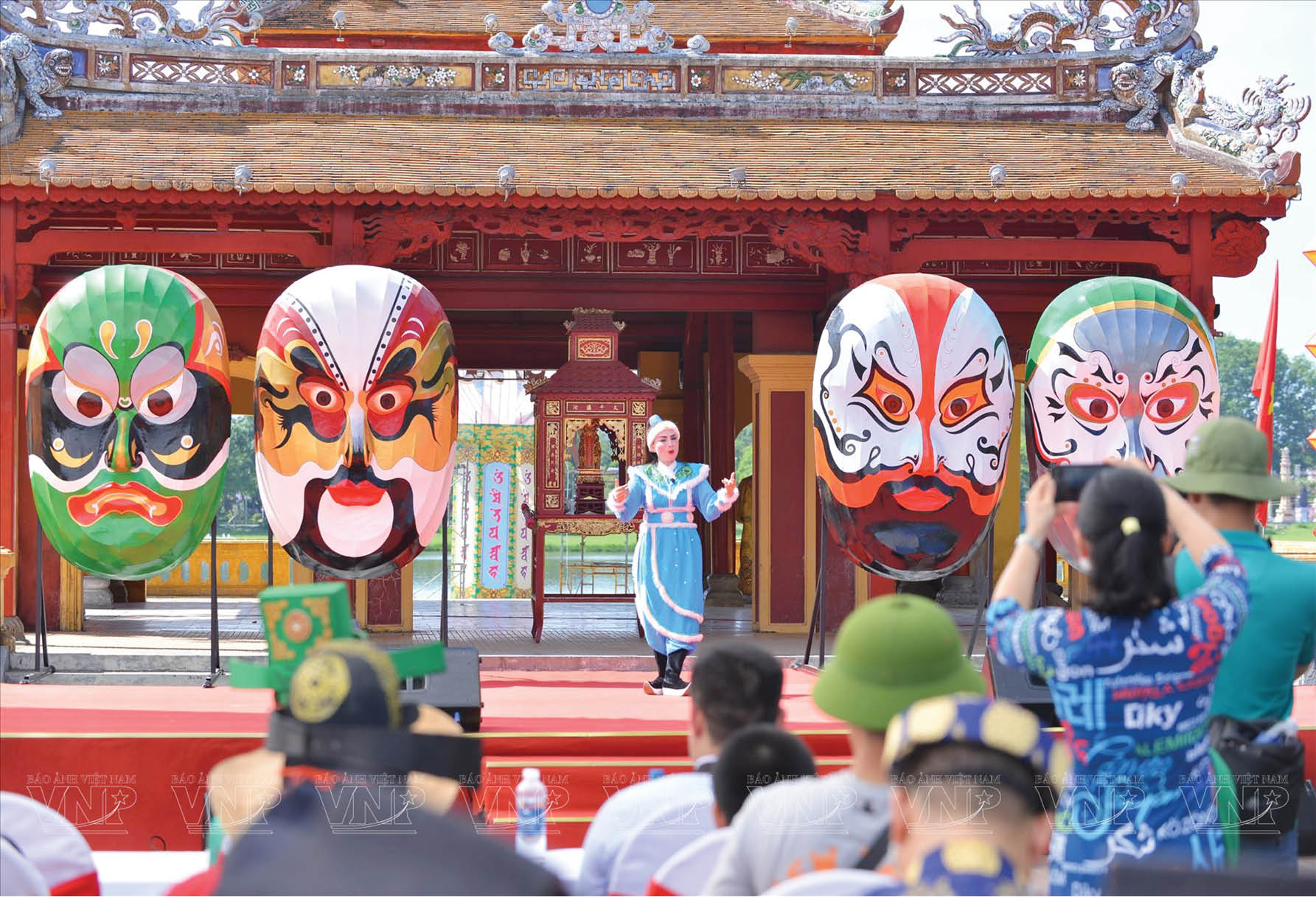 |
| Audience watching a Tuong performance at Nghinh Luong Dinh. Photo: Thanh Hoa |
Tuong, also known as Hat Boi, is a famous traditional musical form of Vietnam, classified as a national drama. According to history books, Tuong has existed since the Tran Dynasty (around the 13th century) and flourished during the Nguyen Dynasty (19th century). In 1627, Dao Duy Tu was the first person to bring Tuong art to the capital Hue . Tuong artists and Hue ancient music artists still honor Dao Duy Tu as the founder and consider 1627 as the beginning of the history of Hue Tuong.
Since 1627, the art of Tuong in Hue has undergone more than 3 centuries of development in the cultural flow of Phu Xuan - Thuan Hoa - Hue and reached its peak under the Nguyen dynasty.
During the reign of Minh Mang (reign 1820 - 1841), the king built Duyet Thi Duong Theatre, the first theatre in the Royal Palace (Citadel) to perform plays for the royal family and the royal family. During the reign of King Tu Duc (reign 1847 - 1883), the art of Tuong reached its peak. The king built Minh Khiem Duong Theatre, gathering talented actors and actresses to practice and perform. He also established a committee to oversee the compilation and editing of Tuong plays. King Thanh Thai (reign 1889 - 1907) was so passionate about Tuong that he not only rewarded money but also conferred titles on many talented Tuong masters. He was even known as the only emperor of the Nguyen Dynasty who ever performed Tuong on stage and was also a talented Tuong drummer. Presently, Hue still preserves the Thanh Binh Tu Duong relic - the ancestral temple of traditional Vietnamese Tuong art (built in 1825 under the reign of King Minh Mang).
Since the Tu Duc period, Hue Tuong gradually went beyond the royal court, becoming a stage for the common masses. Many people stood up to form their own troupes. The Tuong stage, which originally only served the Nguyen Dynasty's king and mandarins, gradually took over public places. There are a series of famous theaters in Hue before 1945 such as Bac Hoa, Nam Hoa, Dong Xuan Lau, Kim Long, An Cuu, Vy Da, Bao Vinh... More than 50 theaters across Indochina at that time resounded with the singing and drum beats of the Hue Tuong stage.
Hue is also the place with the most Tuong scripts. The period when Tuong scripts were most vigorously composed was from the Minh Mang to Tu Duc period. The play Van Buu Trinh Tuong alone had more than 100 episodes. During Tu Duc's period, a Tuong writing organization was established, the Board of Directors, consisting of doctors and bachelors, and intellectuals who specialized in writing scripts and editing the scripts.
After 1945, when the Nguyen Dynasty feudal regime ended, after a long period of war (before 1975), and with the modern pace of life later, the halo of Hue Tuong art gradually faded. Not only did the royal Tuong stages disappear, the folk Tuong troupes that were once packed with audiences also gradually thinned out.
With efforts to preserve precious heritage, recently, investment in the restoration of the opera industry in Hue has received attention. In 2002, the ancient Duyet Thi Duong Theater was restored and officially lit up again after more than half a century of closure. Along with that, projects such as collecting and restoring excerpts and ancient opera plays; training the next generation; bringing opera art into schools... have been carried out. Most recently, the Thanh Binh Tu Duong relic - after a long period of damage and degradation - has been invested in and restored. A number of opera performances have also been held here. Within the framework of a project, the Hue Monuments Conservation Center has just launched an exhibition area of 250 restored opera masks to serve research, sightseeing and promotion. A Hue opera performance within the framework of the Festival has just been organized, serving tourism ...
With a glorious history, with the tireless efforts of those working in conservation, and the desire to revive the art of royal Tuong always burning in the hearts of generations of Hue Tuong artists, the story of the past 20 years, Hue College of Culture and Arts has not been able to enroll any Tuong class is really a concern. How will the preservation and promotion of this precious cultural heritage be when there is a lack of successors?
The same concern is the question: What needs to be done to stimulate demand for Tuong, from training, support mechanisms to output? Looking more broadly, it is the issue of human resources for the development of a heritage city that Hue is aiming for.
In terms of training, in addition to the Tuong industry, specialized training industries such as Hue traditional musicians, Hue opera, Hue royal court dance... are also in a state of shortage of students.
Source: https://huengaynay.vn/van-hoa-nghe-thuat/nhan-luc-cho-do-thi-di-san-158616.html


![[Photo] Discover unique experiences at the first World Cultural Festival](https://vphoto.vietnam.vn/thumb/1200x675/vietnam/resource/IMAGE/2025/10/11/1760198064937_le-hoi-van-hoa-4199-3623-jpg.webp)
![[Photo] Opening of the World Cultural Festival in Hanoi](https://vphoto.vietnam.vn/thumb/1200x675/vietnam/resource/IMAGE/2025/10/10/1760113426728_ndo_br_lehoi-khaimac-jpg.webp)
![[Photo] General Secretary attends the parade to celebrate the 80th anniversary of the founding of the Korean Workers' Party](https://vphoto.vietnam.vn/thumb/1200x675/vietnam/resource/IMAGE/2025/10/11/1760150039564_vna-potal-tong-bi-thu-du-le-duyet-binh-ky-niem-80-nam-thanh-lap-dang-lao-dong-trieu-tien-8331994-jpg.webp)



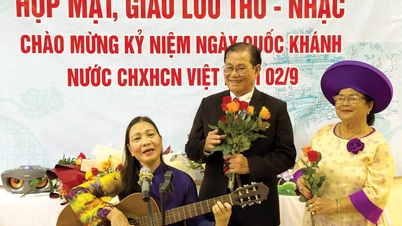

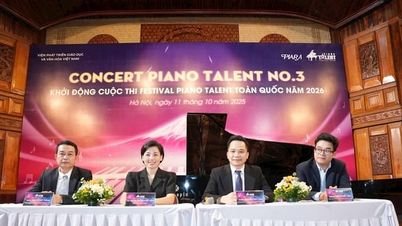

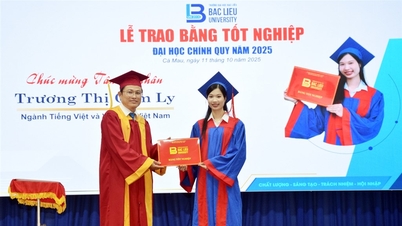

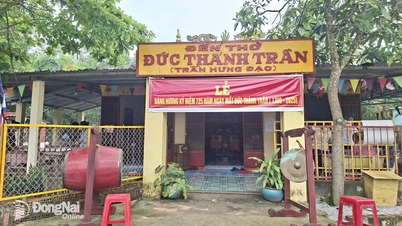

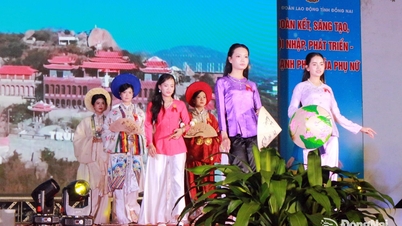




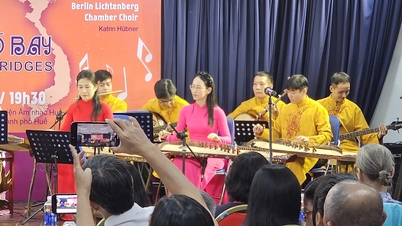
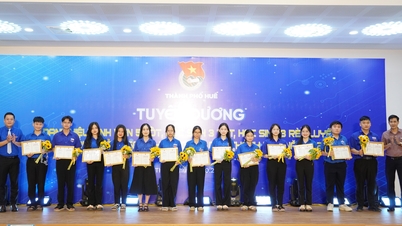
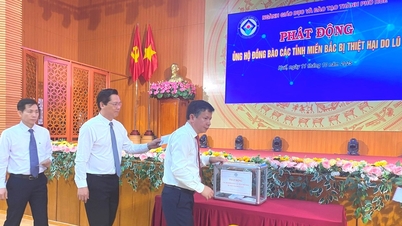
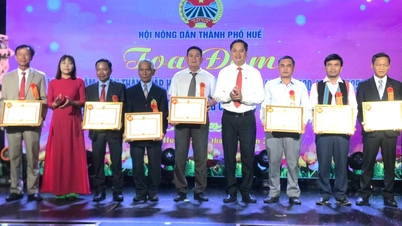


![[Photo] Ho Chi Minh City is brilliant with flags and flowers on the eve of the 1st Party Congress, term 2025-2030](https://vphoto.vietnam.vn/thumb/1200x675/vietnam/resource/IMAGE/2025/10/10/1760102923219_ndo_br_thiet-ke-chua-co-ten-43-png.webp)











































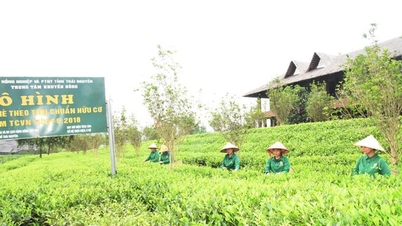




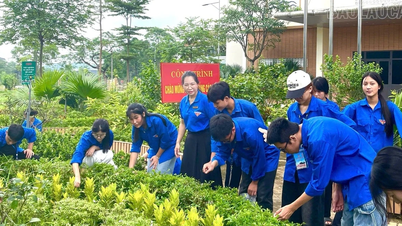















Comment (0)